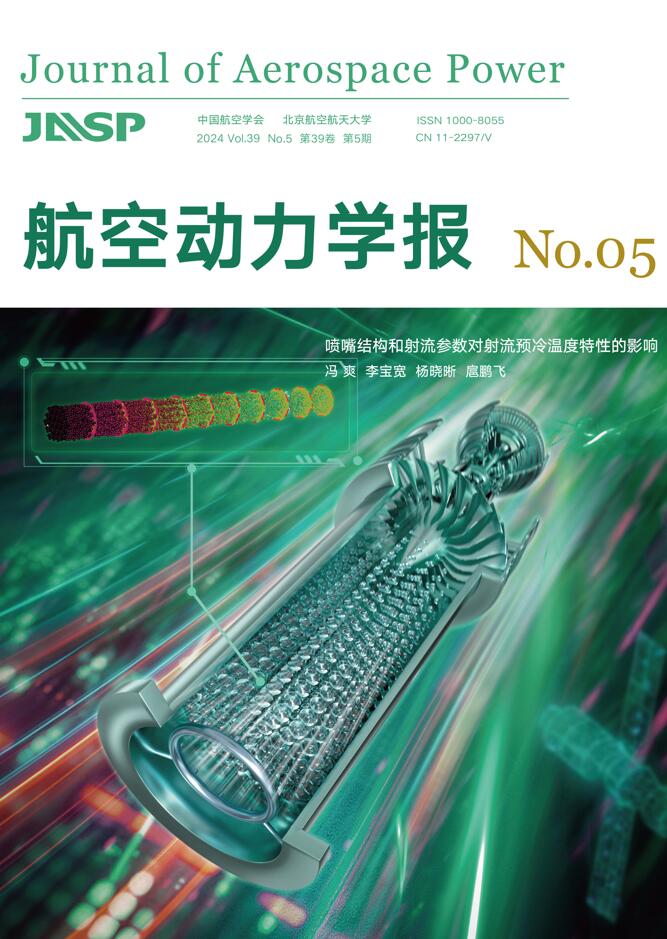Abstract:
Taking the field of application as a focal point, three classical dynamic grid methods based on elasticity analogy were analyzed in many ways, such as deformation capability, deformation quality and spatial distribution. Combined with engineering demand, the application strategy for grid deformation was presented. Finally, a improvement was proposed for integrating advantages of classical dynamic grid methods based on elasticity analogy, and then verified through pitch oscillation of NACA 0006 airfoil in hypersonic condition. Results show that, when faced with densified grids, the area modification can be controlled better, but faced with uniform grids, the distance modification is more suitable, so this application strategy can provide a guidance for engineering. Secondly, the improvement is accurate in simulation, its all grid quality parameters exceed 10% than classical method based on distance, whats more, its minimum grid quality parameter is about four times the classical method based on area. In conclusion, the improvement is effective in strengthening the robustness of classical elasticity analogy.







